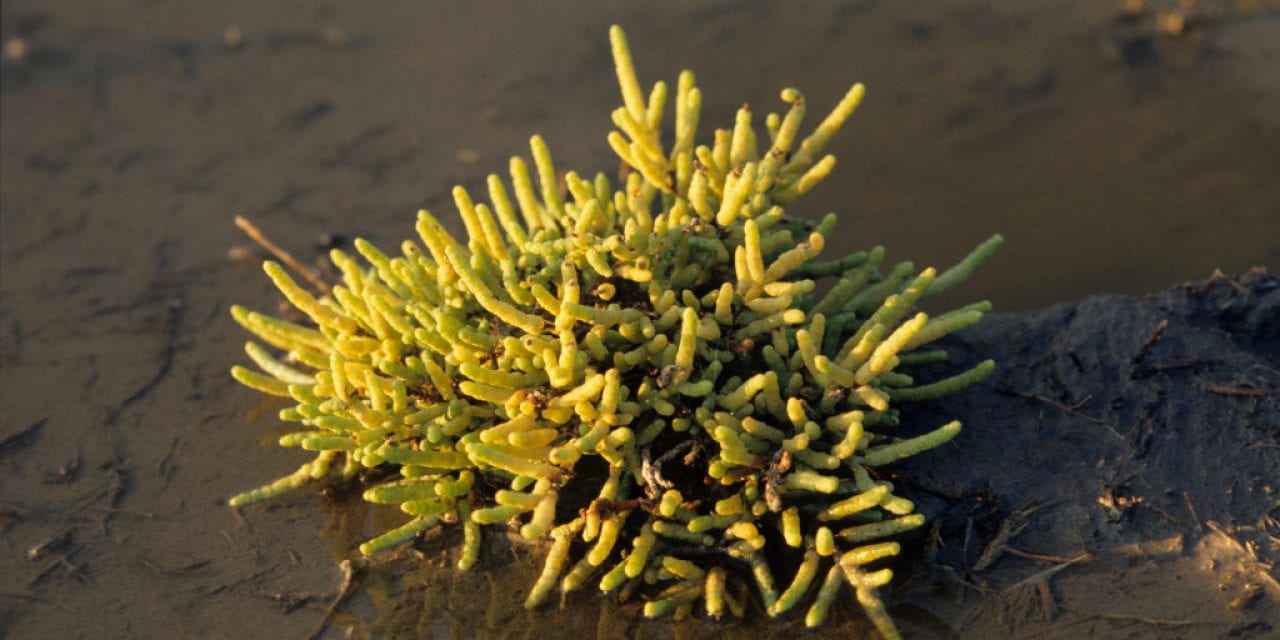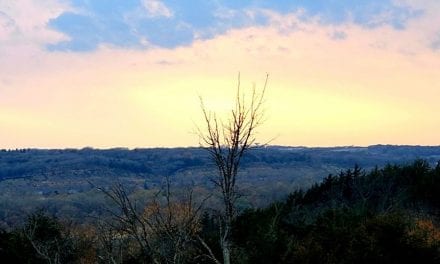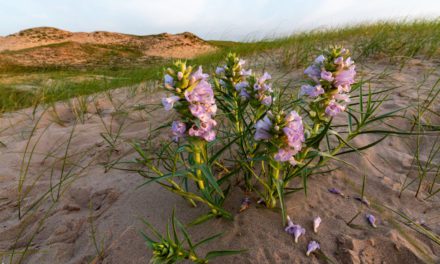Returning salt to salt marshes.
Enlarge
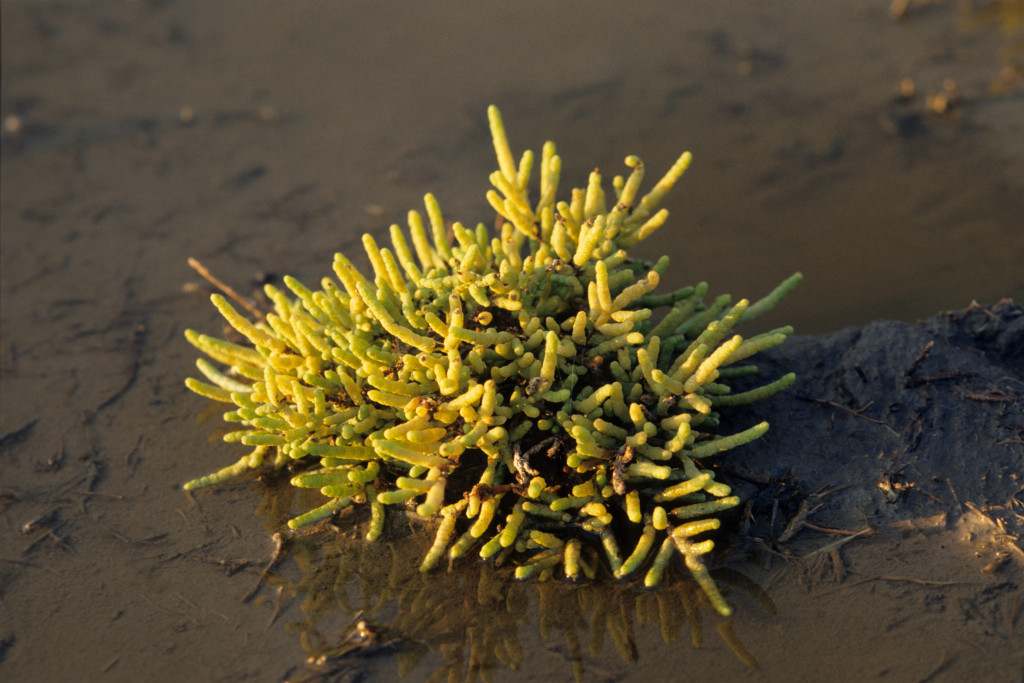
Story by Gerry Steinauer
The state endangered plant saltwort grows in salt marshes in Lancaster County and nowhere else in our state. Unfortunately, decline of the marshes during the past 150 years has left this species hanging on by a thread. I held little hope of saltwort surviving in Nebraska until I recently learned of a creative new restoration method for returning salt to the damaged marshes.
A Uniquely Adapted Plant
Within salt marshes, saltwort (Salicornia rubra) grows mainly on salt flats. Wet much of the year, these clay flats dry in summer and evaporation wicks salt to the soil surface, forming a white, crystalline crust. The flats are a trying environment for plants.
Salt marshes, also known as saline wetlands, are a rare habitat throughout the Great Plains. Prior to settlement, these wetlands occupied about 20,000 acres in Lancaster County, mainly in the Salt, Little Salt and Rock creek valleys. Though uncommon in the Plains, saltwort is common in saline, inland habitats in western states.
Saltwort is a compact annual with a waxy stem and tiny, scale-like leaves, features that limit water loss. A nibble of the stem confirms the saltiness of the plant’s sap. High salt levels are needed in the roots for osmosis to draw water in from the soil. The wind-pollinated flowers bloom in late summer and consist of minute depressions in the stem. The tiny, green petals ring the depression. A single seed ripens within the stem as it fades to scarlet red then brownish in early fall.
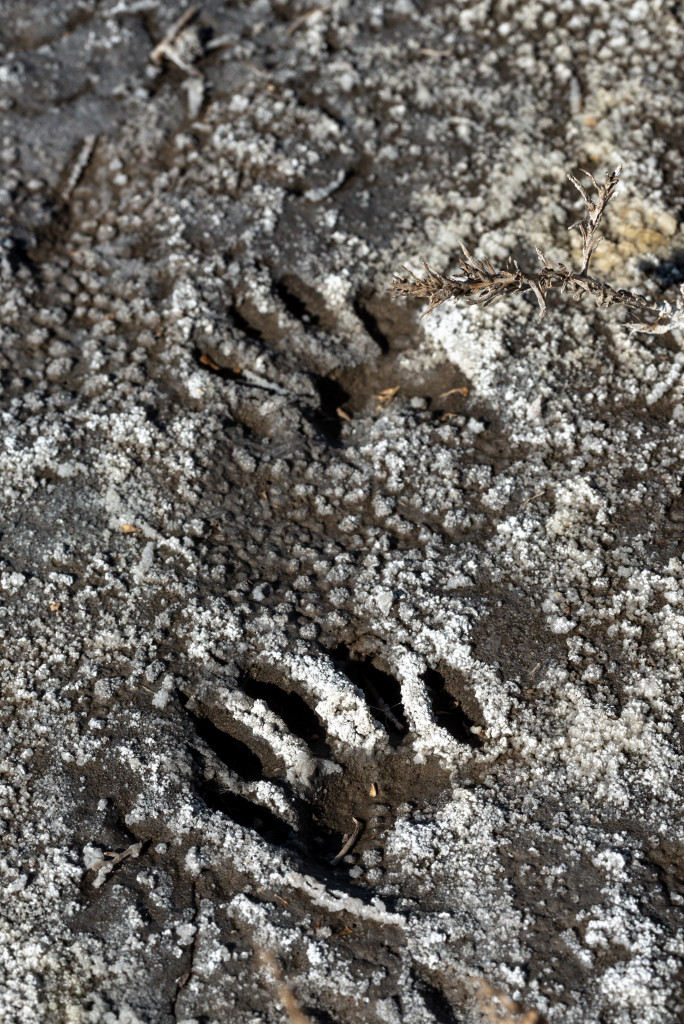
The briny water feeding the marshes, and on which saltwort depends, is of ancient origin. During the Cretaceous Period, some 70 to 160 million years ago when central North America was a vast inland sea, the salts were laid down in shale sediments on the sea floor. Today, the now deeply buried salts reach the surface by becoming dissolved in groundwater that artesian flow carries upward through overlying layers of porous sandstone to the marsh floor. Over millennia, evaporation has concentrated the salts in these wetland soils.
Decline of the saline wetlands began soon after settlement when newly plowed upland soils washed down into the marshes burying their salt-laden topsoil with several feet of sediment. Many marshes were drained or filled as the city of Lincoln grew. Beginning about 1900, stream channelization turned the shallow, meandering creek beds bordering the marshes into deep canals that drained saline groundwater before it could seep into the marshes. And finally, increased overland flow of rainwater and snowmelt from urban areas and crop fields into the wetlands further diluted the saline soils, setting the stage for invasion by the highly-aggressive reed canary grass, narrow-leaf cattail and other non-native plants. As its habitat declined, so did saltwort.
Today there are 10 known populations of saltwort remaining in Lancaster County. Conservation groups have conserved through acquisition and easements nearly 4,900 acres of land containing saline wetlands and restoration has occurred on several of these wetlands, mainly through the plugging of drainage ditches. Although this practice restored wetland hydrology, it did little to enhance salinity and saltwort habitat.
Returning the Salt of the Earth
A few months ago, Dan Schulz, resources coordinator with the Lower Platte South Natural Resources District, told me about the unique salt marsh restoration occurring at his agency’s Marsh Wren Wetland, located just north of Lincoln on Salt Creek. The restoration began in 2016 when contractors scraped 1 to 2 feet of sediment out of two oxbow wetlands on the site until reaching the original salty topsoil. Ditches draining the wetlands were plugged and trenches were dug just upslope of the marshes’ upper perimeters to prevent freshwater runoff from entering them. Most creatively, saline groundwater was being pumped into the wetlands to restore salinity levels. Curious, I had to see the project.
On a cold, windy day in early March, I visited Marsh Wren with Schulz and Tom Malmstrom, natural resources coordinator for the City of Lincoln. Between them, they have decades of experience restoring wetlands. They first showed me the two electric wells that pump salt water from depths of about 200 feet. Located at the upper ends of each wetland was a 900-foot length of gated irrigation pipe that slowly disperses the water into the wetlands. Schulz explained how gravel-filled trenches located next to the pipes allowed some salt water to immediately enter the soil, providing for both subsurface and surface flow of the water through the marshes.
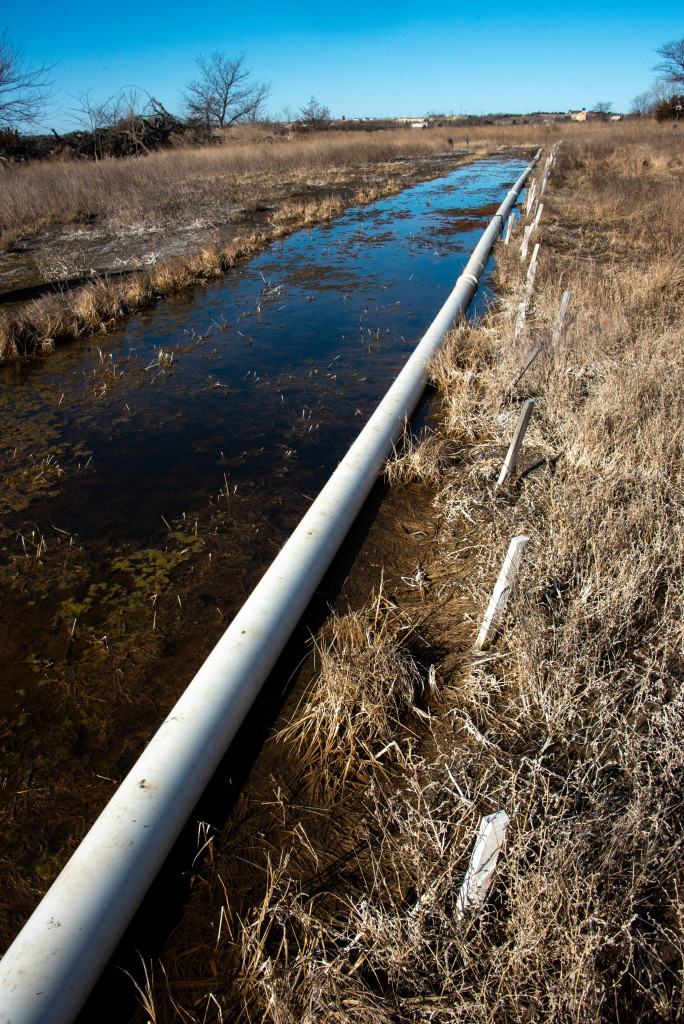
Pumping of salt water at Marsh Wren began in late summer of 2017 and continued through the summers of 2018 and 2019. Having seen the area before its restoration, I was immediately impressed with the vegetation response. In the north wetland, reed canary grass and narrow-leaf cattail were nearly absent within a roughly 600-foot band below the pipe (an area of about 15 acres).
“In the past, we did some aerial herbicide spraying of these invasive plants, but now the soil is too salty for them,” Schulz said. In their place sea blite, saltgrass, marsh-elder and a few other salt-loving plants now grow. Their source, no doubt, was seed that survived in the now-exposed saline topsoil. Long-lasting seed is a survival strategy of many wetland plants. Future pumping likely will expand the band of salinity and create more saltflats.
In the south wetland, an area near the pipe developed a salt crust last summer, along with a small colony of saltwort. This colony also originated from once buried seed. To supplement its native seed bank, late last summer Malmstrom collected saltwort seed from other local marshes. Last winter, he and Schulz planted the seed at Marsh Wren.
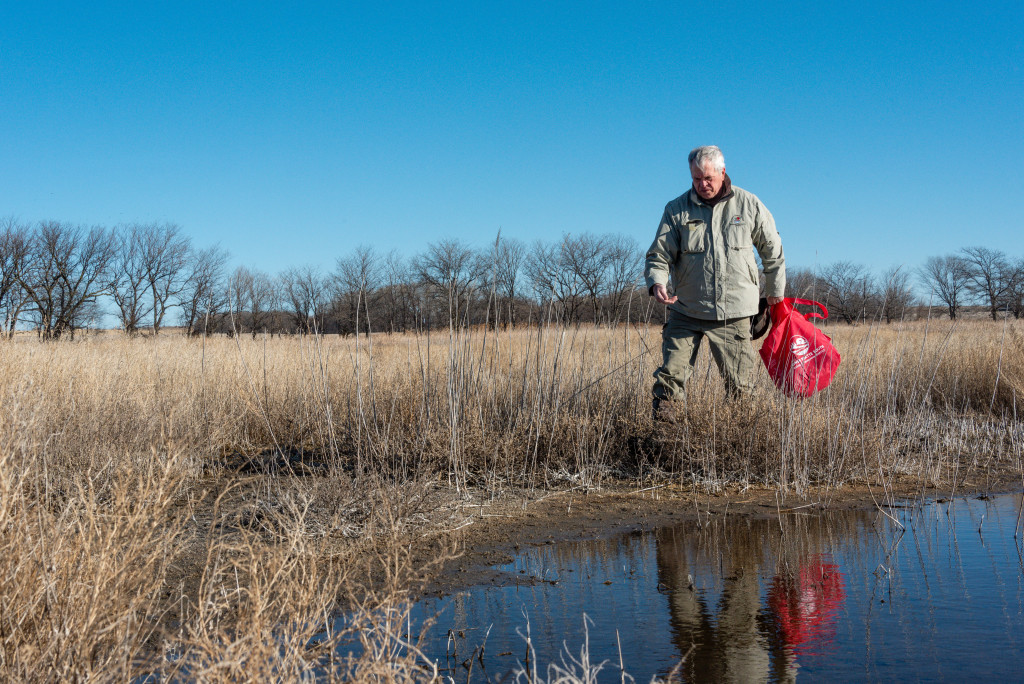
“I think it will take,” he said. “The seed I collected last summer seemed good, the dried stems were thick and robust. I have seeded saltwort in other saltine wetlands but the plants never took. I may have collected that seed too late, after seed was already dispersed.”
In coming years, the pumping of saline groundwater will likely expand to other Lancaster County salt marshes. Fortunately, the saline aquifer below Lancaster County is unsuitable for domestic and agricultural uses, leaving plenty of water for marsh restoration. Returning the salt of the earth to Nebraska’s salt marshes might be saltwort’s saving grace. ■
The post Saving Saltwort appeared first on Nebraskaland Magazine.

